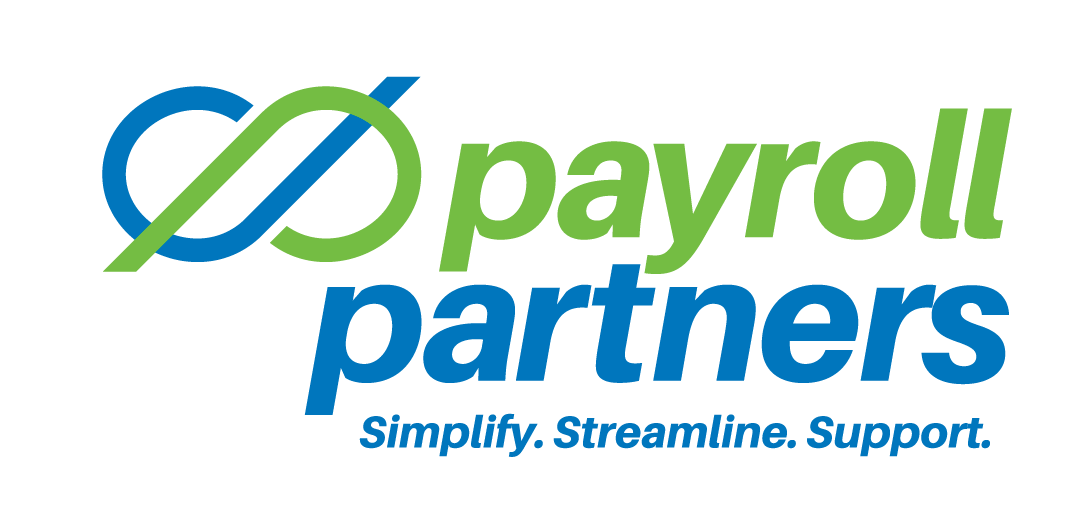02 Mar Taking the Pulse: Use Employee Polls to Head Off Workplace Issues
Often companies decide to conduct formal employee surveys when leaders “begin to feel that things have turned slowly south,” or when a crisis hits, says Tom Agnew, co-author of a book titled “The Enemy of Engagement, Put an End to Workplace Frustration — and Get the Most from Your Employees.”
Why wait? The purpose of polling employees, he says, isn’t just to gauge their contentment. Rather, it’s to help you determine and prioritize the steps that can be taken to improve employee engagement and productivity with or without a crisis.
Roaming around the workplace asking employees how they are doing is one way to take the pulse — but it probably won’t yield an objective understanding of what’s going on. Your own lens (including a possible tendency to take employee opinions too personally) can make it tough to see what’s really happening. Also, asking any unhappy, bewildered or overwhelmed employees to admit those feelings to a supervisor often fails.
Picking a Goal
The first step in conducting a useful survey is, naturally, deciding what you are trying to find out. Agnew says employee surveys traditionally have focused on employee engagement and commitment. While those measures are still popular and important, many of his clients today are also focusing on enablement — “How do we help motivated people be more effective in their jobs to make the organization more successful?”
Employee surveys don’t need to be complicated and time-consuming. In fact, the shorter and simpler, the better. Most surveys today are sold by consulting organizations and survey vendors, conducted online with true/false or multiple-choice questions, typically no more than 40, and should be completed in about 15 minutes. At the 20-minute mark, employees will lose interest, he says. Also, long, meandering surveys will make employees question the employer’s purpose in conducting the survey.
It is also essential, of course, for employees to have faith in the confidentiality of their responses and not fear retaliation for negative responses. This is an easier case to make when the survey is being handled by an outside organization. Still, “You need to communicate why you are doing the survey; why it’s being done by an outside party; and what you are going to get back from that outside party,” Agnew says. Employees also want to know how the results will be shared with them, and how you intend to use those results.
Strong survey participation rates are essential to obtain valid results, Agnew explains. One of the biggest mistakes employers make with employee surveys is trying to streamline the process by just sampling employee opinion. While this might work with a vast employee population, in smaller organizations sampling errors can skew results dramatically, he says, “and you wind up with meaningless information.”
Proper Wording of Questions
Proper wording of questions is also key to getting useful data. Agnew illustrates the distinction with some examples. “I do my best at work” is a poor true/false question, says Agnew, because “most people would be biased to answering this in the positive, and therefore it doesn’t really get at motivation.”
He believes a better way to word the question is this: “The company motivates me to do my best work.” The question is superior, he says, because it “squarely focuses on the degree to which other things or people motivate me, and is directly related to the work environment that people find themselves in.”
Another example: “If I had another job opportunity outside of this company at about the same total compensation, I would likely stay with the company.” The problem with that question is, it has a built-in assumption that compensation is the only or primary factor motivating the employee. A better question is, “Given your choice, how long do you intend to stay at the company?” This wording “provides a good measure of ‘continuance commitment,’ a key component of engagement,” says Agnew.
Getting Results: The Survey Says…
How many times have you heard it said, “Communication is key?” But guessing at the true pulse of your workforce is seldom effective. Most people are eager to state their opinions if they can do so in a non-threatening environment. If gauging and improving the health of your organization is your goal, consider using a survey that asks unambiguous questions in a fashion that ensures anonymity. Then you’ll gain information you can really use.
[NOTE: Information and guidance in this article is intended to provide helpful information on the subjects covered. It is not intended to provide a legal service for readers’ individual needs. For legal guidance in your specific situations, always consult with an attorney who is familiar with employment law and labor issues.]


